More about Vincent van Gogh
- All
- Info
- Shop
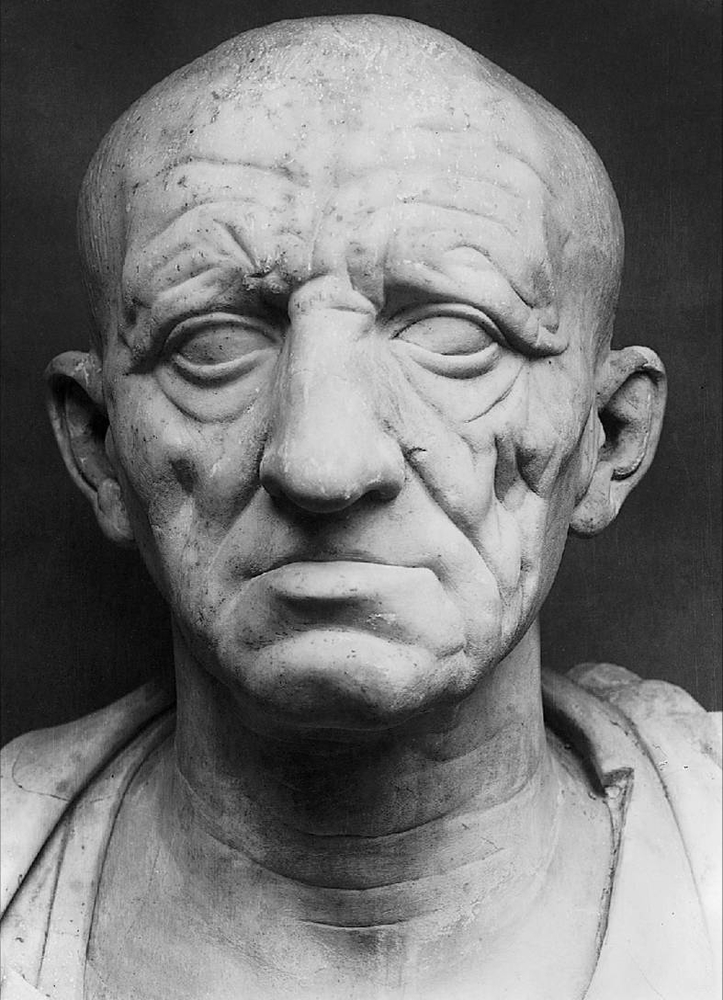
Contributor
Vincent van Gogh’s first career choice was actually in missionary work. The angsty artist soon however, became disillusioned with organized religion.
Van Gogh felt that it did more to help the church than actually do anything to help the poor. We might be in agreement. The artist would know as a member of the poorer class himself. Though he painted over 800 paintings, he was only able to sell a hand full of them in his lifetime. He wrote: “I can't change the fact that my paintings don't sell. But the time will come when people will recognize that they are worth more than the value of the paints used in the picture.” The man was right as his paintings, should they ever come on the market, regularly sell for at least $100 million.
Local townspeople in Arles, France called Van Gogh "fou roux" or "red madman." Insensitive really, as van Gogh's mental state landed him in an insane asylum on several occasions, and led him to cut off part of his ear, wrap it in a piece of cloth, and give it to a prostitute for "safekeeping." Several theories have been proposed for van Gogh’s personality issues: schizophrenia, syphilis, porphyria, bipolar disorder, and temporal lobe epilepsy. A possible contributing factor was that van Gogh occasionally ate his paints, which had bases of copper, arsenic, lead, and mercury.
He died from a gunshot wound to the stomach when he was only 37. There is a debate about whether it was suicide or murder (the gun was never found), but either way, he never got to see the adulation his paintings eventually received and all the media his life inspired:
- You can read more about the murder theory in Steven Naifeh and Gregory White Smith’s biography "Van Gogh: The Life."
- He's featured in Irving Stone’s 1934 "Lust for Life" and subsequent 1956 movie adaptation featuring Kirk Douglas.
- Don McLean's 1972 mega-hit "Starry Starry Night" captures the tragedy of van Gogh's life perfectly.
- In an episode of the British cult-classic "Doctor Who," van Gogh fought actual monsters rather than ones in his mind.
- Google Doodle-d him for his 152 birthday!
Featured Content
Here is what Wikipedia says about Vincent van Gogh
Vincent Willem van Gogh (
Dutch: [ˈvɪnsɛnt ˈʋɪləɱ vɑŋ ˈɣɔx] ; 30 March 1853 – 29 July 1890) was a Dutch Post-Impressionist painter who is among the most famous and influential figures in the history of Western art. In just over a decade, he created approximately 2100 artworks, including around 860 oil paintings, most of them in the last two years of his life. His oeuvre includes landscapes, still lifes, portraits, and self-portraits, most of which are characterised by bold colours and dramatic brushwork that contributed to the rise of expressionism in modern art. Van Gogh's work was beginning to gain critical attention before he died from a self-inflicted gunshot at age 37. During his lifetime, only one of Van Gogh's paintings, The Red Vineyard, was sold.
Born into an upper-middle-class family, Van Gogh drew as a child and was serious, quiet and thoughtful, but showed signs of mental instability. As a young man, he worked as an art dealer, often travelling, but became depressed after he was transferred to London. He turned to religion and spent time as a missionary in southern Belgium. Later he drifted into ill-health and solitude. He was keenly aware of modernist trends in art and, while back with his parents, took up painting in 1881. His younger brother, Theo, supported him financially, and the two of them maintained a long correspondence.
Van Gogh's early works consist of mostly still lifes and depictions of peasant labourers. In 1886, he moved to Paris, where he met members of the artistic avant-garde, including Émile Bernard and Paul Gauguin, who were seeking new paths beyond Impressionism. Frustrated in Paris and inspired by a growing spirit of artistic change and collaboration, in February 1888 Van Gogh moved to Arles in southern France to establish an artistic retreat and commune. Once there, his paintings grew brighter and he turned his attention to the natural world, depicting local olive groves, wheat fields and sunflowers. Van Gogh invited Gauguin to join him in Arles and eagerly anticipated Gauguin's arrival in late 1888.
Van Gogh suffered from psychotic episodes and delusions. He worried about his mental stability, and often neglected his physical health, did not eat properly and drank heavily. His friendship with Gauguin ended after a confrontation with a razor when, in a rage, he severed his left ear. Van Gogh spent time in psychiatric hospitals, including a period at Saint-Rémy. After he discharged himself and moved to the Auberge Ravoux in Auvers-sur-Oise near Paris, he came under the care of the homeopathic doctor Paul Gachet. His depression persisted, and on 29 July 1890 Van Gogh died from his injuries after shooting himself in the chest with a revolver.
Van Gogh's work began to attract critical artistic attention in the last year of his life. After his death, his art and life story captured public imagination as an emblem of misunderstood genius, due in large part to the efforts of his widowed sister-in-law Johanna van Gogh-Bonger. His bold use of colour, expressive line and thick application of paint inspired avant-garde artistic groups like the Fauves and German Expressionists in the early 20th century. Van Gogh's work gained widespread critical and commercial success in the following decades, and he has become a lasting icon of the romantic ideal of the tortured artist. Today, Van Gogh's works are among the world's most expensive paintings ever sold. His legacy is celebrated by the Van Gogh Museum in Amsterdam, which holds the world's largest collection of his paintings and drawings.
Check out the full Wikipedia article about Vincent van Gogh

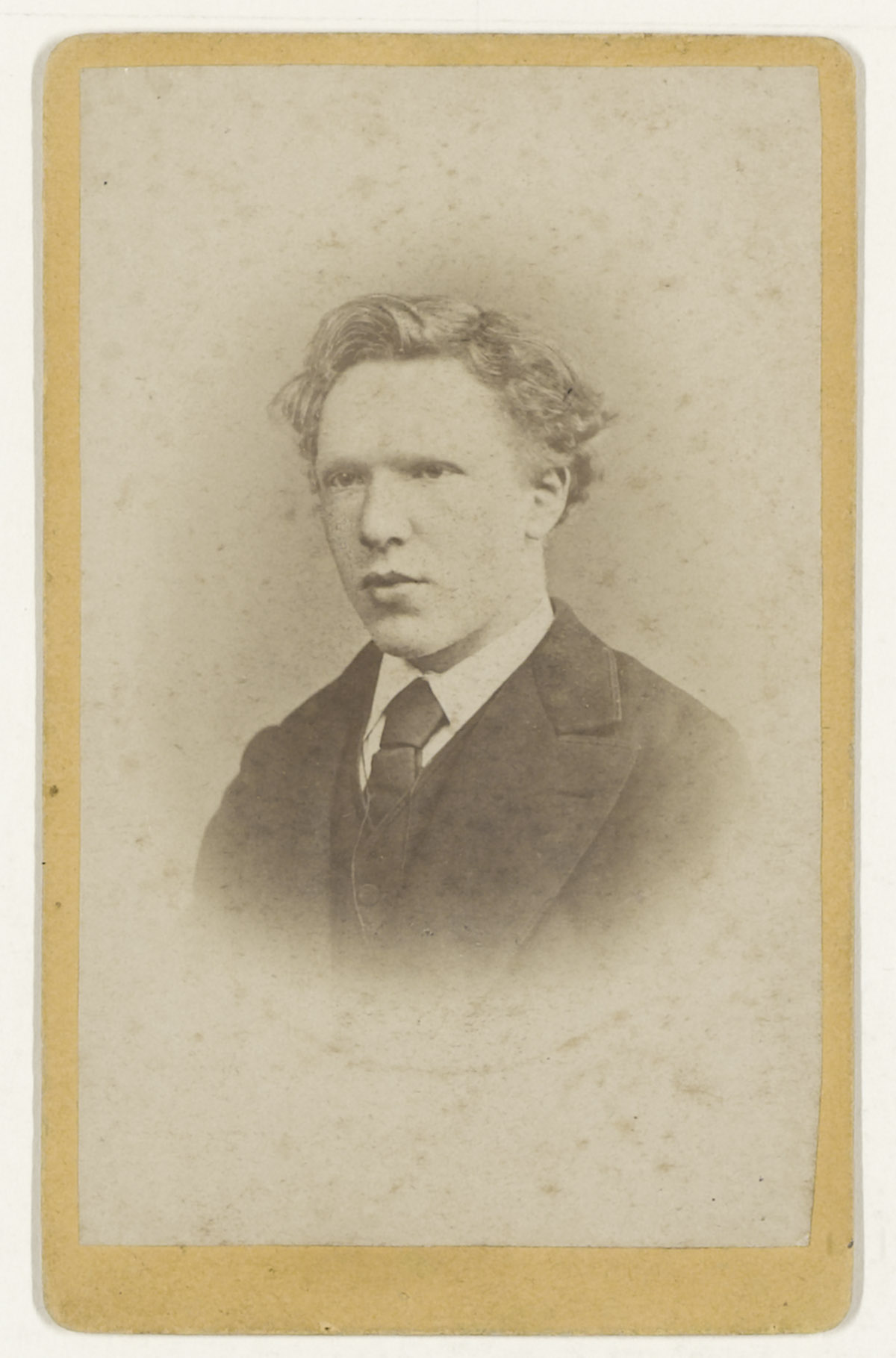
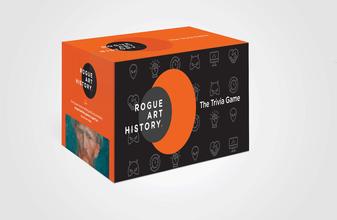

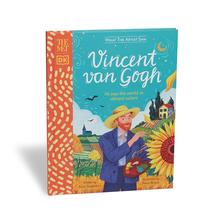



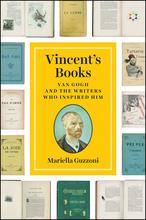

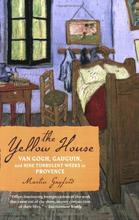

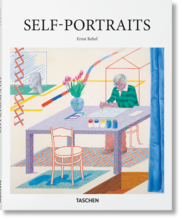






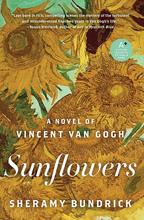
















today i started studying van gogh at school and our professor asked us to search informations about his work's titles: how did he decide to name them? was he the one who named them?